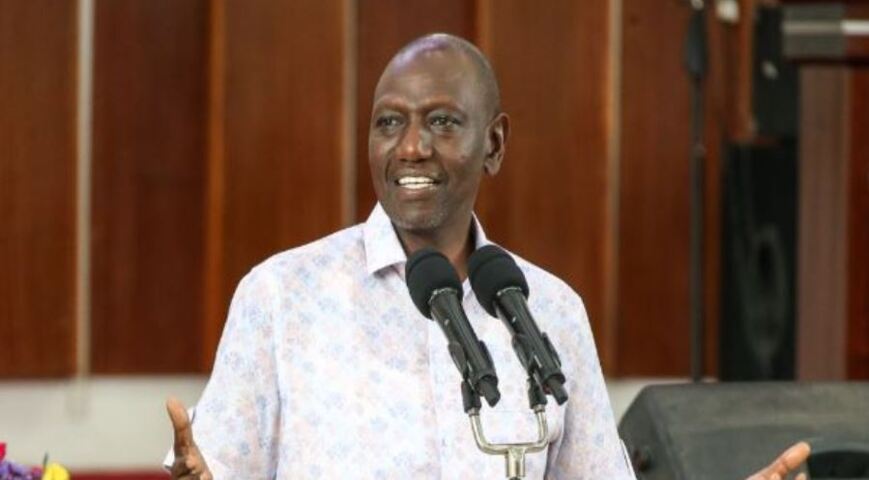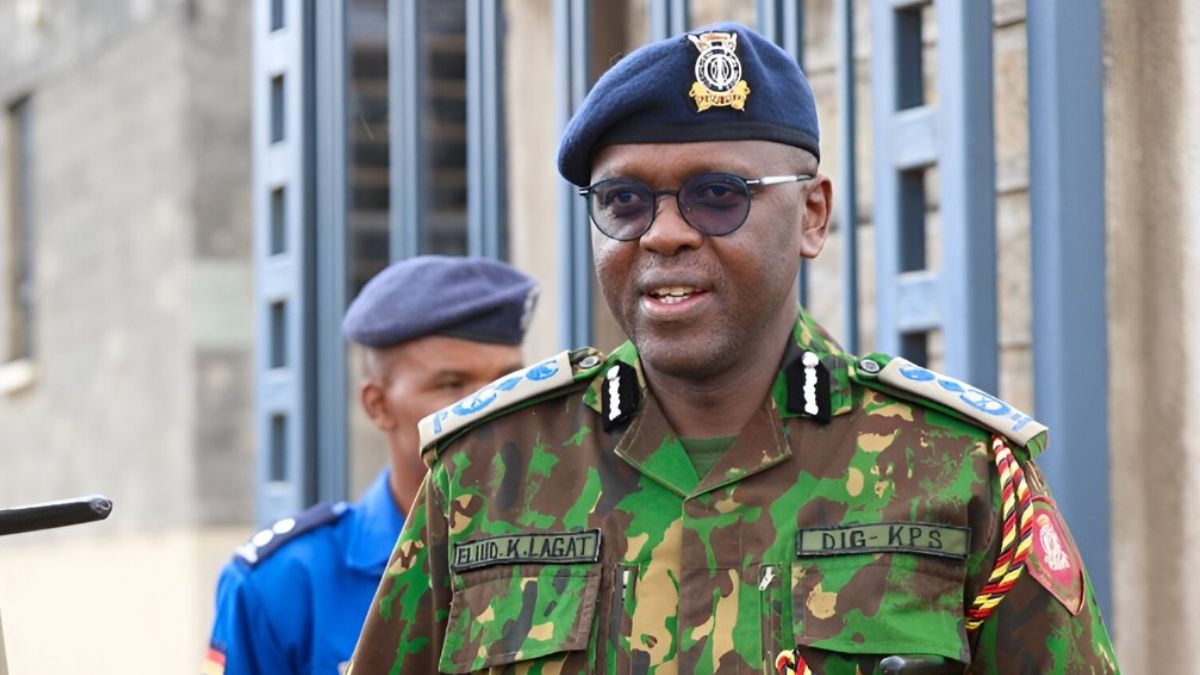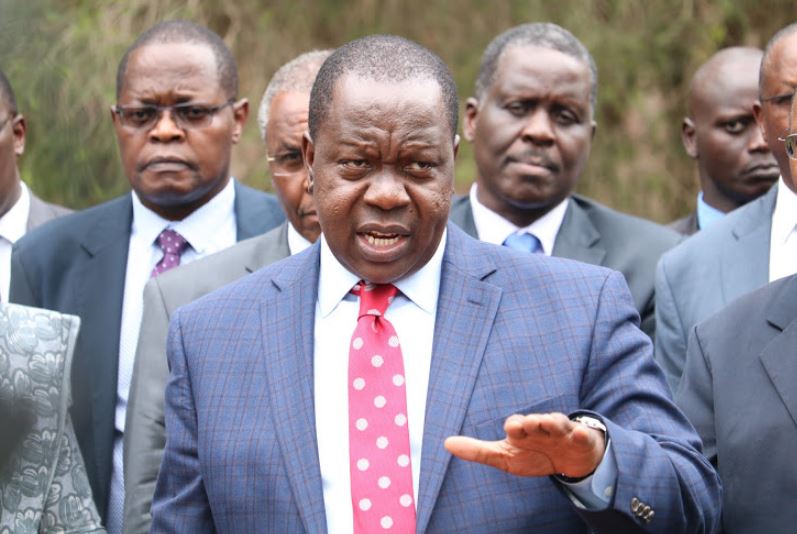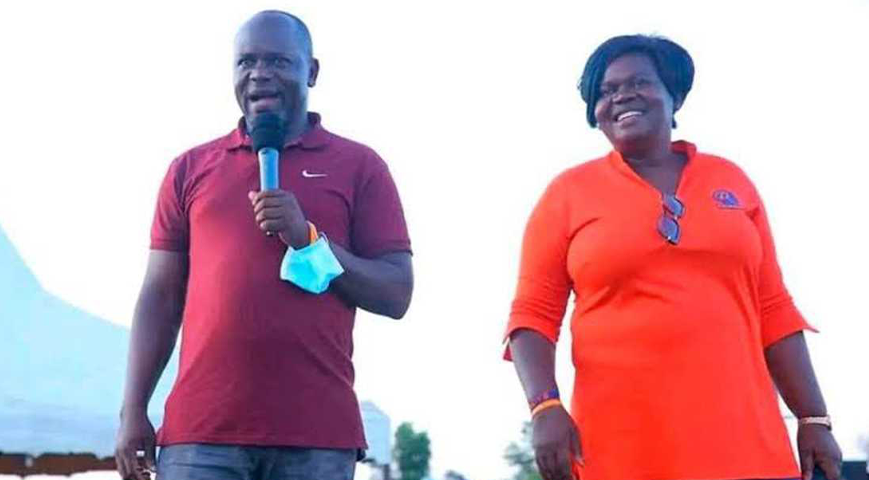President William Ruto announced on Wednesday that 1.2 million customers have been connected to Kenya's national electricity grid through the Last Mile Connectivity Programme, with an additional 460,000 connections expected by 2026.
Speaking at the contract signing ceremony for enhanced electricity access under the Kenya Off-Grid Solar Access Project (KOSAP) in Nairobi, Ruto revealed that 63,000 out of 93,000 identified public facilities, including 22,900 public primary schools, now have power access. He also noted that 1,071 public facility projects were completed in the 2023/24 financial year, with 1,450 more underway for 2024/25.
The President witnessed the signing of contracts valued at over Ksh.10 billion, which include 14 agreements to establish 113 mini-grids to provide electricity in Turkana, Marsabit, Samburu, Isiolo, Mandera, Wajir, Garissa, Tana River, Lamu, Kilifi, Kwale, and Narok counties.
Additionally, six contracts will connect 343 public health facilities, schools, and administrative offices to electricity using stand-alone solar systems at a cost of Ksh.438 million. Ruto further mentioned that 316 solar water pumps for boreholes, worth Ksh.1.6 billion, are nearing the final stages of procurement, ensuring that electricity supports essential services in remote areas.
The President reiterated Kenya's commitment to achieving a 100% clean energy grid by 2030. He highlighted efforts to hybridize diesel-powered stations with solar photovoltaic (PV) systems and revealed plans to install an extra 8MW of solar power in Wajir County.
Did you read this?
Ruto also announced the closure of the diesel power plant in Lodwar, operated by Kenya Power, as the national grid extends to the area.
This initiative involves building 100km of 66kV power lines and a new substation at a cost of Ksh.900 million, underscoring Kenya's shift towards sustainable energy solutions.









